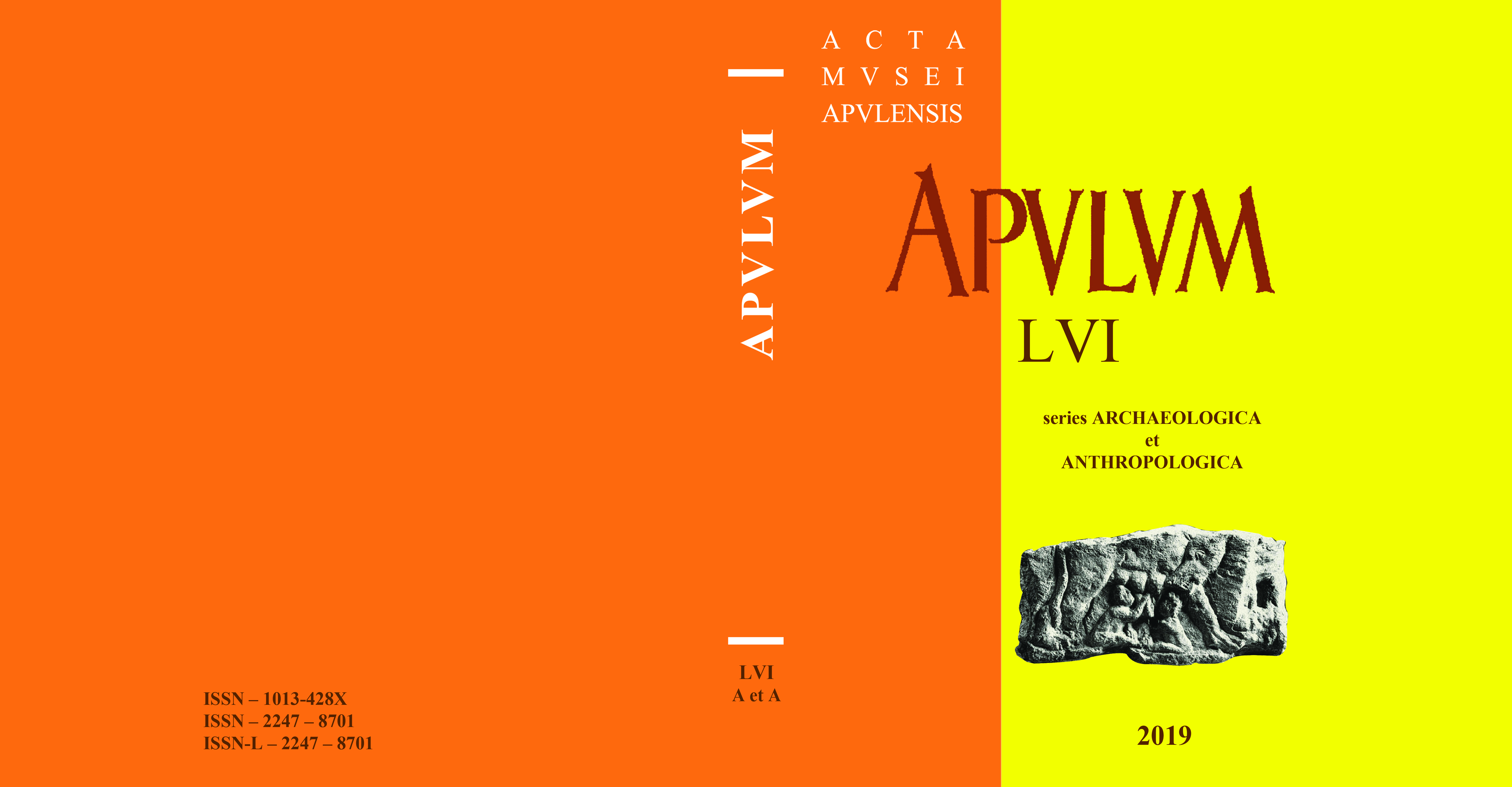DIN NOU DESPRE REPREZENTĂRILE DE ONAGRI DIN MEDIUL CULTURAL VINČIAN TIMPURIU
NEW DATA ABOUT THE ONAGER REPRESENTATIONS
IN THE EARLY VINČA CULTURE
NEW DATA ABOUT THE ONAGER REPRESENTATIONS IN THE EARLY VINČA CULTURE
Author(s): Marius Mihai Ciută, Elena Beatrice CiutăSubject(s): History, Archaeology
Published by: Muzeul National al Unirii Alba Iulia
Keywords: Neolithic; Vinča Culture; plastic; onager equus; Limba - Oarda de Jos site;
Summary/Abstract: In the 70s of the last century, the eminent archaeologist Nicolae Vlassa introduced in the specialized discussions of the Transylvanian Neolithic, a theme as attractive, as complex: that of the presence of equidae in the Vinča cultural environment. A number of studies have revealed a sequence of plastic representations of the first horses, discovered in the mentioned environment, the scholar carrying out relevant analyzes, on comparative typological criteria, corroborated with similar data and images from closer or farther geographical areas. The topic was abandoned when the researcher disappeared, the ideas advanced by him sporadically being remembered, following similar discoveries. The last 15 years have meant a series of extensive researches in early Vinča settlements in Transylvania, on which occasion a series of new artifacts representing equidae were discovered and published. Recently, an unexpected number of such plastic representations have been found at Limba - Oarda de Jos. The last one, chronologically, discovered in March 2017, of great size and with an extraordinary finesse of details, is made of alabaster, a rock with its own distinctive aesthetic qualities. The present study wants to bring to the attention of the researchers of the Transylvanian Neolithic the latest discoveries of this type, from the most known early Vinca sites on the Mureș Valley (Limba - Oarda de Jos, Tărtăria - Gura Luncii, Alba Iulia - Lumea Nouă), constituting a starting point for the resumption of the concerns related to this topic. The present study wants to bring to the attention of the researchers of the Transylvanian Neolithic the latest discoveries of this type, constituting a starting point for the resumption of the concerns related to this topic. Some conclusions regarding the significance of this case on artefacts, exotic objects, and the aesthetic value of light polished stones, shells and bones, reveal the situation that makes us wonder whether we are faced with some manifestations of the onager cult.
Journal: Apulum
- Issue Year: 56/2019
- Issue No: 1
- Page Range: 17-44
- Page Count: 28
- Language: Romanian
- Content File-PDF

